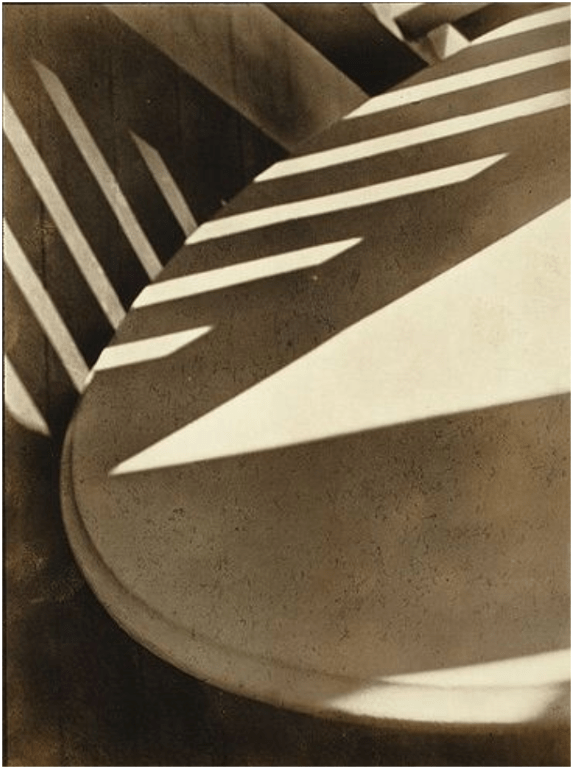What is abstract photography?
Abstract photography is a way to express strong emotions and motivate the audience with ambiguous objects and exaggerated techniques. It usually contains images created using photography materials and equipment that don’t have an immediate association with the physical world.
Definition of abstraction
What is the Pictorialism Movement in photography?
Pictorialism was a movement that thrived between 1885 and 1915 and denied the claims that a photograph was nothing more than a simple copy and documentation of reality. This is where photographers started expressing their emotions and philosophy in photos.
What was the straight photography movement in photography? Why was it popular amongst photographers?
Straight photography movement is a term for photographs that are not manipulated whether digitally or physically. It was popular amongst photographers because it’s a pure documentation of the most truthful reality while are able to use abstract techniques.
How has Aaron Siskind been influenced by the Straight Photography Movement?
Aaron Siskind’s photo contain strong textures and clear matters, it directly express the most truthful and objective beauty of the reality.
What makes the work of Andreas Gursky and Uta Barth abstract. Are they both straight photographers? Why?
Andreas Gursky’s photograph is abstract from its warm tone, strong shapes and obvious patterns. Uta Barth’s photograph is also abstract from its loss of focus, the ambiguity of matters. They are both straight photographers because they are not manipulated whether digitally or physically.
Formal Elements
Explain what the phrase Formal Elements means in photography.
Formal elements are line, shape, pattern, texture, tone, and focus. Each of the elements gives different effects and emotions; for example, a cold tone provides the photo with mystery and sadness.
Describe each of the 6 elements.
Lines are the visual guide of the photo, it leads the audience’s attention. Shapes are able to enrich the frame. Patterns can balance the frame. Textures could make the audience “feel” the photo and motivate senses other than visuals. Tones are the colors and emotions of the photo, the expression of the photographer. Focus creates depth and gradation; it is the unclear and blurs of the object.
Give an example that emphasizes each element.
Can an image show just one element at a time? Justify your answer.

This is an example of a pure line element.
Paul Strand, Abstraction, Twin Lakes, Connecticut’

3 things the photographer might have been interested in capturing in this picture.
Shapes, tones, and patterns.
If you were the photographer, what title would you give it? Explain why.
If I were the photographer, I would title it “The Noon” because of the warm tone and the contrast between the shadows and the light.
Name one thing you think is unusual about the photograph.
The unusual part of this photograph is the ambiguous main object. The photographer chose to take an extreme close-up shot of an object and leave only a particular part of the object.
Describe the use of line, shape, Pattern, texture, tone, and focus.
The photograph’s warm, soft tone gives the audience a relaxing and satisfying emotion. This photograph has multiple shapes, the central oval that fills the biggest space in the frame and the cuboid at the back. The patterns are the rectangular shadows on the oval, balanced by the shadows on the wall.
The best thing about this photograph is.
The best part of this photograph is the rectangular shadows and light; it balances the whole frame.

Leave a Reply
You must be logged in to post a comment.